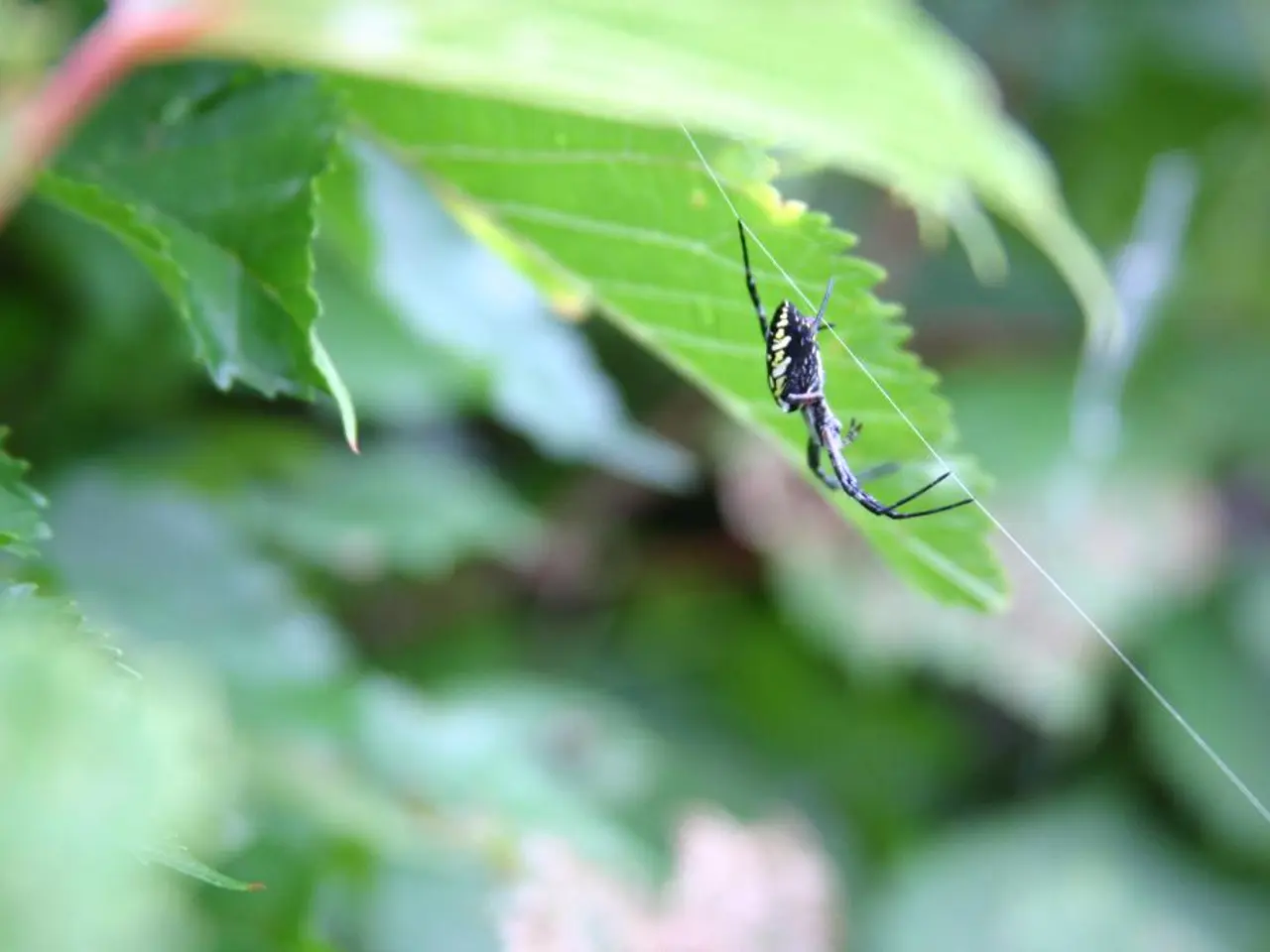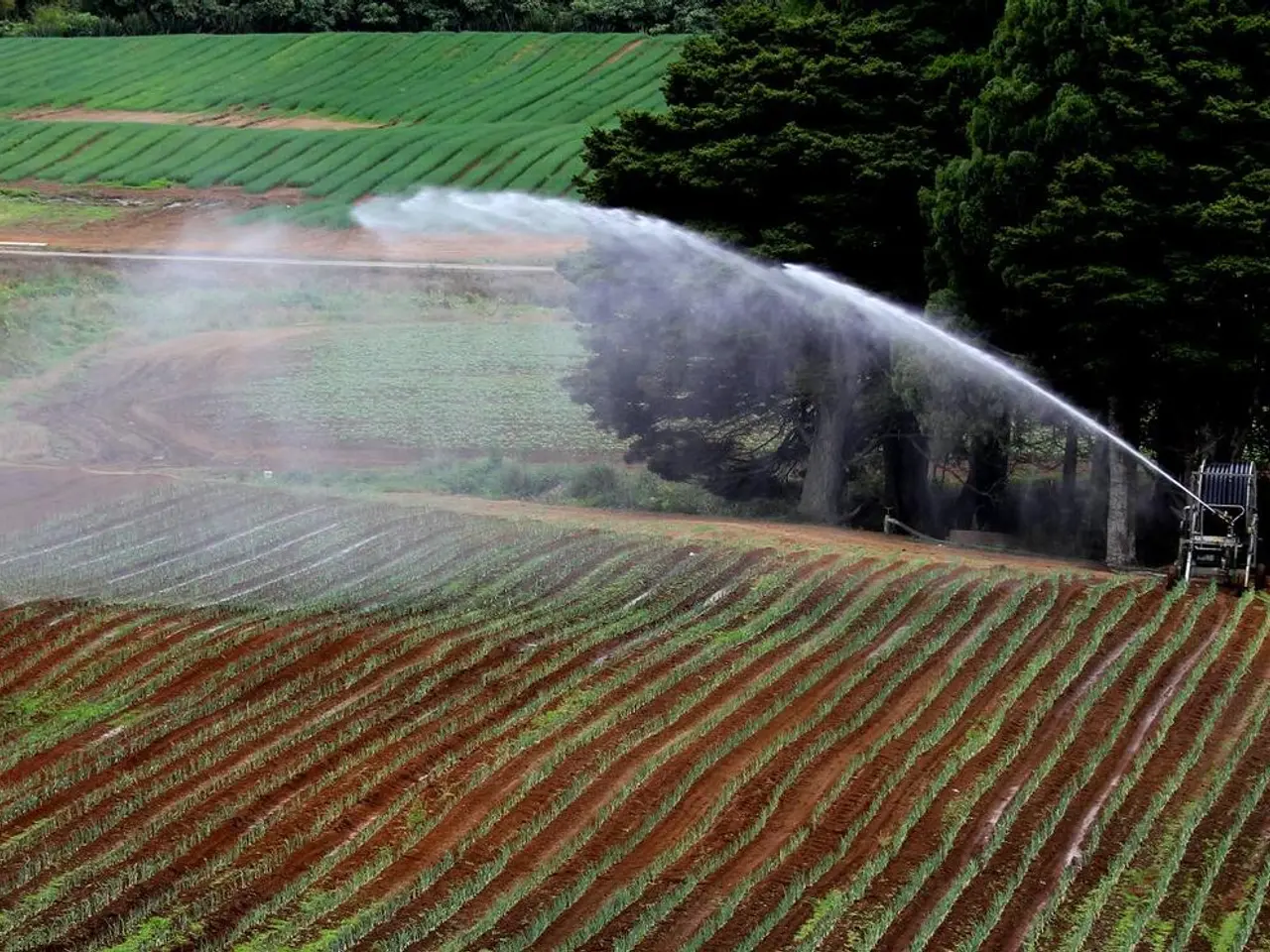Spring Training Operations: A Comprehensive Guide
Spring training, a cherished preseason ritual for Major League Baseball (MLB), has its roots deeply embedded in the sun-soaked state of Florida. The tradition, which began in the early 1910s, has evolved over the years, mirroring the growth and geographic expansion of the league.
Florida's mild winter climate made it an ideal location for teams to prepare for the regular season, attracting players and fans alike. Cities like Tampa and St. Petersburg were among the first to host MLB teams for preseason preparation. The Tampa Smokers and St. Petersburg Saints, early local minor league teams, contributed significantly to the baseball culture in the region.
After World War II, Florida experienced rapid population and economic growth, enhancing its appeal as a sports destination. The region made deliberate efforts to host major league teams, including building major facilities like the Florida Suncoast Dome (later Tropicana Field) in St. Petersburg in the 1980s to attract a franchise. Despite initial difficulties, the tradition of spring training solidified Florida’s identity as a key baseball hub.
Today, 15 Major League Baseball teams call Florida home from late February through mid-March for spring training, representing a mix of American League and National League squads. The Pittsburgh Pirates, for instance, set up camp at McKechnie Field in Bradenton.
The Cactus League in Arizona, the spring training counterpart, has its origins in the 1940s. The tradition was established when the Cleveland Indians' owner Bill Veeck took his team west to Tucson, Ariz., and the New York Giants took up residence in nearby Phoenix. Today, 15 teams compete in the preseason Cactus League, again representing a mix of American and National League clubs, with all but two teams - the Chicago White Sox and Chicago Cubs - hailing from west of the Mississippi.
Both leagues play a crucial role in MLB’s preseason calendar, drawing thousands of fans and scouts each spring. They serve as the primary sites where teams prepare for the regular season, and both have extended their facilities and leagues to support player development through rookie-level minor league teams.
In summary, the tradition of spring training began with early 20th-century team needs for warm-weather training and evolved through regional investment and climate advantages. Florida's tradition began in the 1910s and grew with post-WWII expansion, while Arizona’s more formalized complex league started in 1988 and grew with modern facilities catering to MLB clubs’ operational preferences.
Sources: [1] History of Spring Training in Florida: https://www.mlb.com/news/history-of-spring-training-in-florida [2] History of Spring Training in Arizona: https://www.mlb.com/news/history-of-spring-training-in-arizona [3] Economic Impact of Spring Training in Florida: https://www.mlb.com/news/economic-impact-of-spring-training-in-florida
Baseball teams, such as the Pittsburgh Pirates, choose Florida as their home during the spring training season, with 15 Major League Baseball teams in total participating from late February through mid-March. Spring training in Florida, which began in the 1910s, was influenced by its mild winter climate, making it an ideal location for teams to prepare for the regular season.





